The definitions of abiotic and biotic are
1. abiotic means air that affects the ecosystem and biotic means animals that affect the ecosystem.
2. abiotic any living organisms that affect other organisms in an ecosystem and biotic means non-living factors that affect living organisms and the ecosystem.
3. abiotic means plants and animals that affect other organisms in an ecosystem and biotic means soil and water that affect living organisms and the ecosystem
4. abiotic means non-living factors that affect living organisms and the ecosystem and biotic any living organisms that affect other organisms in an ecosystem.
3. abiotic is a non-living thing and biotic is a living thing.
Genetics is the study of heredity, which is
1. when you examine people and their bodies.
2. the biological process where parents pass their genes to their children.
3. analyzing the mutation of cells.
4. the extensive system of family connections to one another.

2. the biological process where parents pass their genes to their children.
A reproduction system is regulated by
1. estradiol
2. testosterone
3. ph balances
4. hormones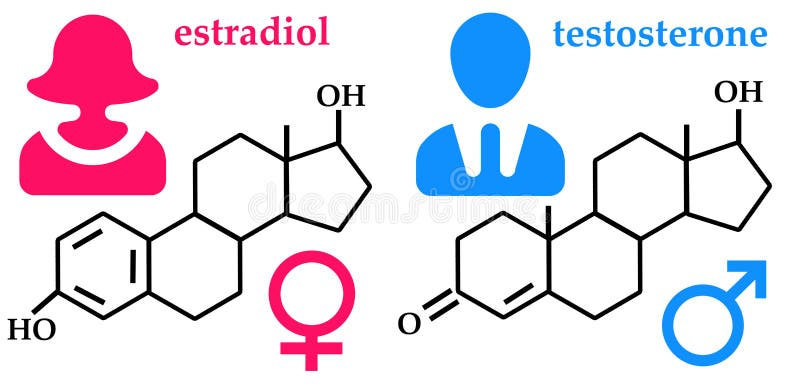
4. hormones
The organelle that creates ATP
Mitochondria
If the prefix eco- = house and the suffix -ology= to study, then the definition of ecology =
1. The study of how living organisms interact in different environments
2. The study of houses
3. The study of living organisms and their interactions with other living organisms.
4. The study of comparing many different environments
1. The study of how living organisms interact in different environments
The examples of abiotic categories are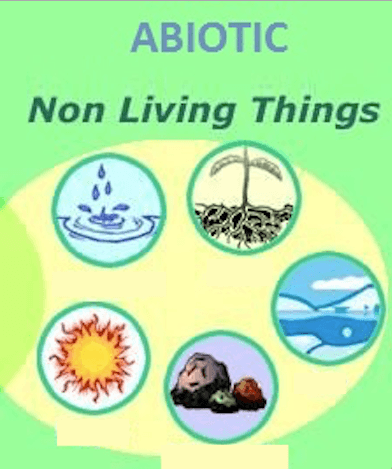
water, soil, air, sun, and minerals (rocks)
A single stranded polymer that is produced by DNA is called
1. RNA
2. RAN
3. NRA
4. ARN
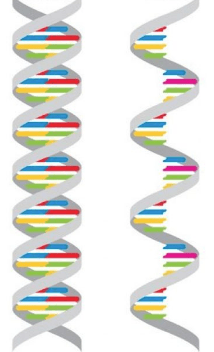
1. RNA
A group of similar cells functioning together.
Tissue
If the prefix hetero- = different and -geneous = production of, then the definition of heterogenous is
A. a different kind of genius
B. The process of genes separating
C. something or someone made up of different parts or elements
D.
The examples of the biotic categories are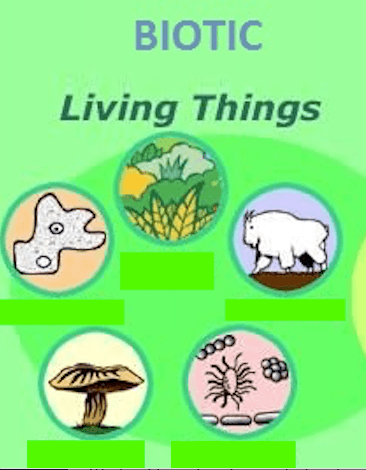
plants, animals, bacteria, fungus, protists
The number of organisms an ecosystem can support.
Carrying Capacity
Name 3 organ systems
Respiratory Digestive Excretory Reproductive Skeletal Muscular Immune Nervous Endocrine Circulatory
If the prefix photo- = light and the suffix -synthesis = to put together, then the definition of photosynthesis =
1. The process by which light is converted
2. The ability to see in the dark
3. The process of plants rotting.
4. The ability to take a photo using light.
2. The process by which light is converted.
Abiotic factors are important for biotic factors because
1. they provide shelter for living things
2. they help biotic factors breathe
3. they are part of the ecosystem.
4. they help the biotic factors survive.
4. they help the biotic factors survive.
The left chart represents a _______ gene and the right chart represents a _______ gene.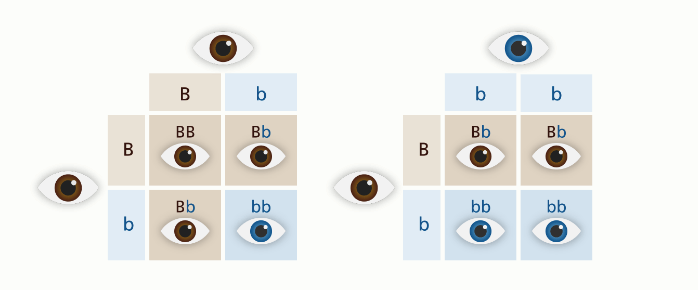
1. recess and domain
2. recessive and dominant
3. dominant and recessive
4. dominate and reclusive
3. dominant and recessive
Which one is smallest? Population Organism Community
Organism
Endocrine
A student set up a small freshwater fish tank.
The tank included water, fish, rocks, a snail, and
plants, as seen below.

Which statement best describes an activity
performed by a student investigating an abiotic
factor using this setup?
1. He records the temperature of the water.
2. He feeds the fish 0.5 gram of fish food twice
a day.
3. He measures the growth of the plants with a
metric ruler.
4. He observes the snail scrape algae off the
gravel.
1. He records the temperature of the water.
A change in a gene due to damage or being copied incorrectly is called a
1. migration
2. meiosis
3. mutation
4. multiplication

4. mutation
Create a food chain with 3 organisms.
Producer --> Herbivore --> Carnivore
If zygo- = yoke, egg, or to join together, then zygote =
1. to reproduce eggs.
2. to come together with eggs.
3. to fertilize an egg.
4. to make an egg sterile.
3. to fertilize an egg.